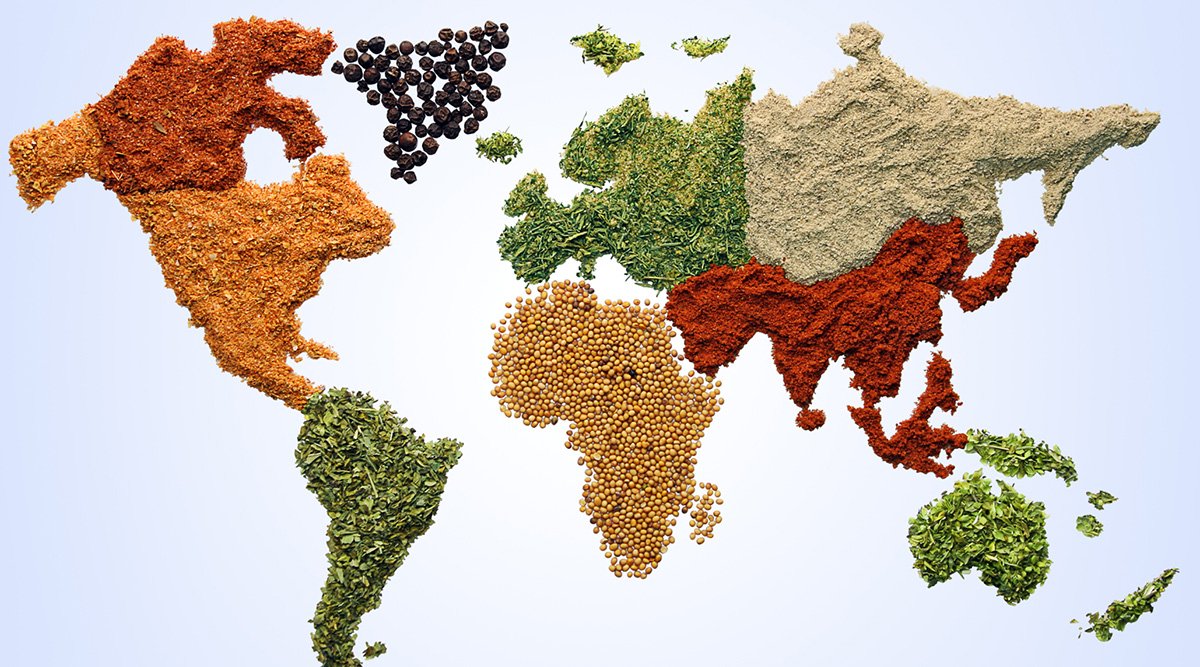What Is Codex Alimentarius and Why Does It Matter?
Source: IFT / image: - /Author: Steve Havlik
Get to know the international body making big impacts on food safety in global trade.
In today’s interconnected world, most of the food we purchase and consume comes to us via global supply chains. Global food trade is crucial to support the planet’s rapidly increasing population of more than 8 billion. But how do 188 separate countries, all with different laws and regulations, manage to safely and efficiently trade food products that are healthy to consume? The answer begins with the Codex Alimentarius Commission, or Codex, a United Nations organization created 60 years ago to oversee the development of internationally aligned food standards, guidelines, and codes of practice.
The formation of Codex began during the late 1950s and grew out of a recognized need for a harmonized, global food code that would protect consumer health and ensure fair trade practices. Codex recommendations are voluntary until implemented nationally by member countries; however, with the establishment of the World Trade Organization in 1995, Codex standards and related texts became international references for food safety. Today, Codex is regarded as the preeminent international food standards-setting body.
The primary food safety and trade aspects of Codex are handled through subcommittees comprised of country representatives set up to develop and review standards, guidelines, and practices. There are 10 General Subject Committees, where everything from food labeling and import/export requirements to pesticide residues and contaminants are discussed across all food categories. Additionally, Codex has a set of Commodity Committees focused on specific harmonized standards for global fair trade.
Why does Codex matter? The harmonized regulatory guidance Codex provides is often the basis for many countries’ trade regulations. Even in the United States and the European Union, Codex regulations are generally the starting point for discussion about any regulatory modifications or new rules. Over six decades, Codex has put in place more than 4,400 maximum usage levels for food additives, more than 6,600 maximum residue levels for agricultural pesticides and veterinary drugs, and more than 100 maximum levels of contaminants in foods; it has also created more than 240 standards across all food categories. Today, it is virtually impossible for trade to occur internationally for any food that does not meet Codex standards.
Codex also matters because of the beneficial economic impact enabled by these harmonized standards. With global food trade expected to approach $2 trillion in 2023, Codex enables developing countries to trade more easily with developed countries, where demand for products is highest.
Codex follows a clearly defined process to develop new standards. The process generally takes three to four years to complete, assuming its UN member countries are aligned. Almost all decisions within Codex and its various committees are made by consensus. People around the world benefit from the impact of the work Codex has done and continues to do to enable the safe, healthful, and fair trade of food across our planet.
Learn more about IFT’s involvement in Codex and its impact on global food safety and join us at IFT FIRST: Annual Event and Expo for the Codex-related presentation, “What Challenges and Opportunities Are Born by Regional or Global Harmonization of Regulations and Standards?” which I am cohosting on July 18.
Interested in receiving updates from IFT’s Science and Policy team? Subscribe to Science Insider and our Global Food Traceability Center newsletter.
ABOUT THE AUTHOR
Steve Havlik is a retired food industry executive who has worked in manufacturing and research & development roles across various food industry sectors. Since retiring in 2018 from PepsiCo, where he was senior director of technology applications for global nutrition, Havlik has consulted with IFT on numerous projects, including IFT's Codex Alimentarius efforts.

